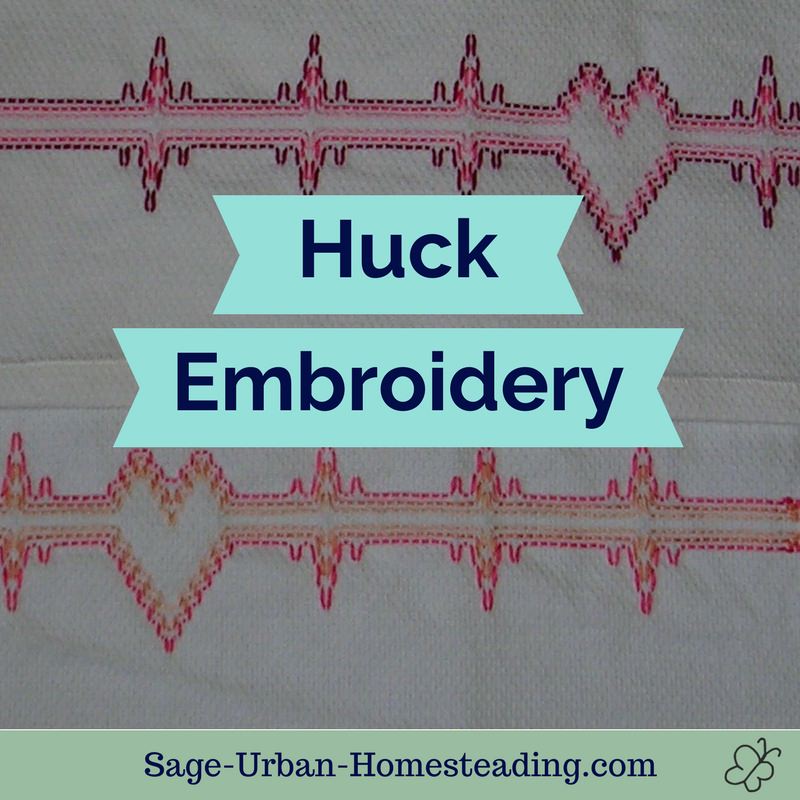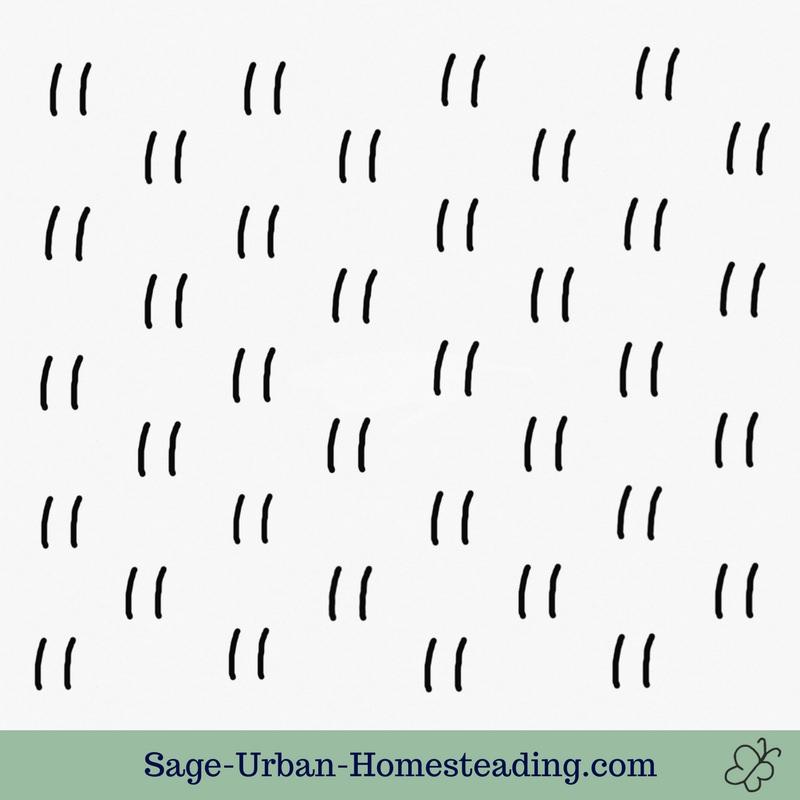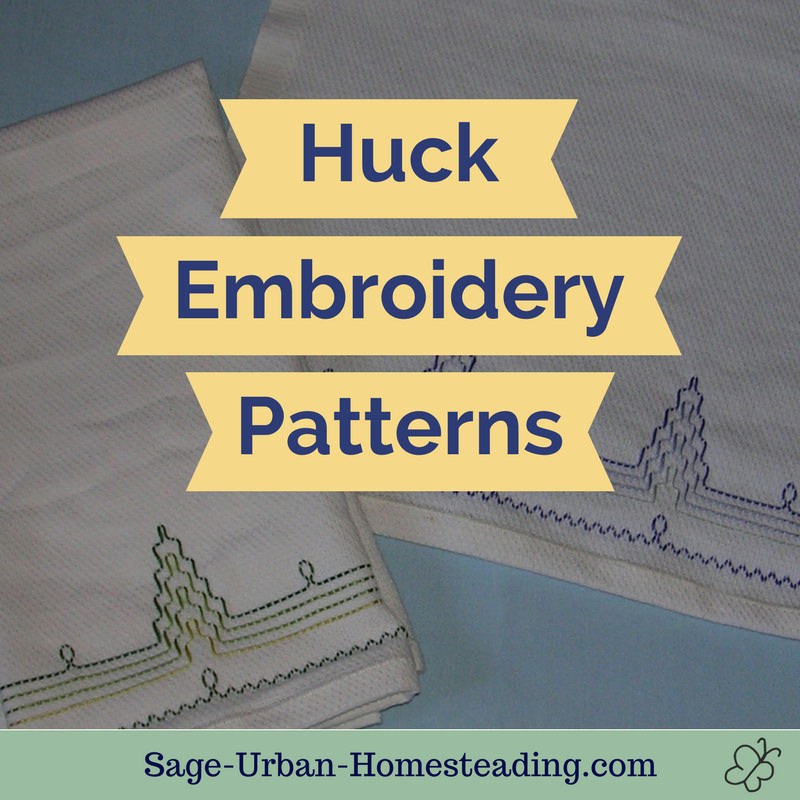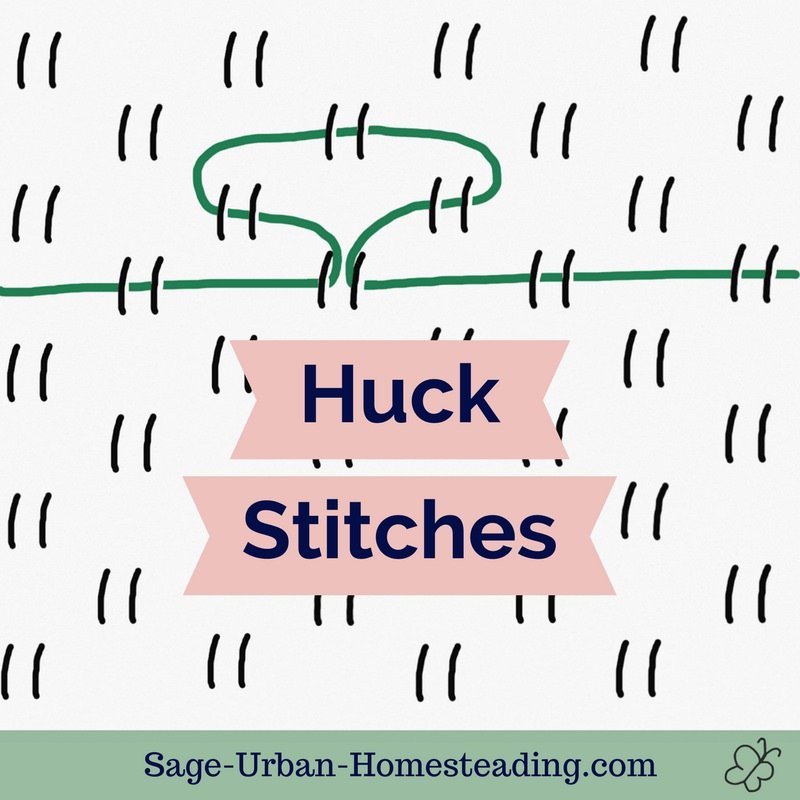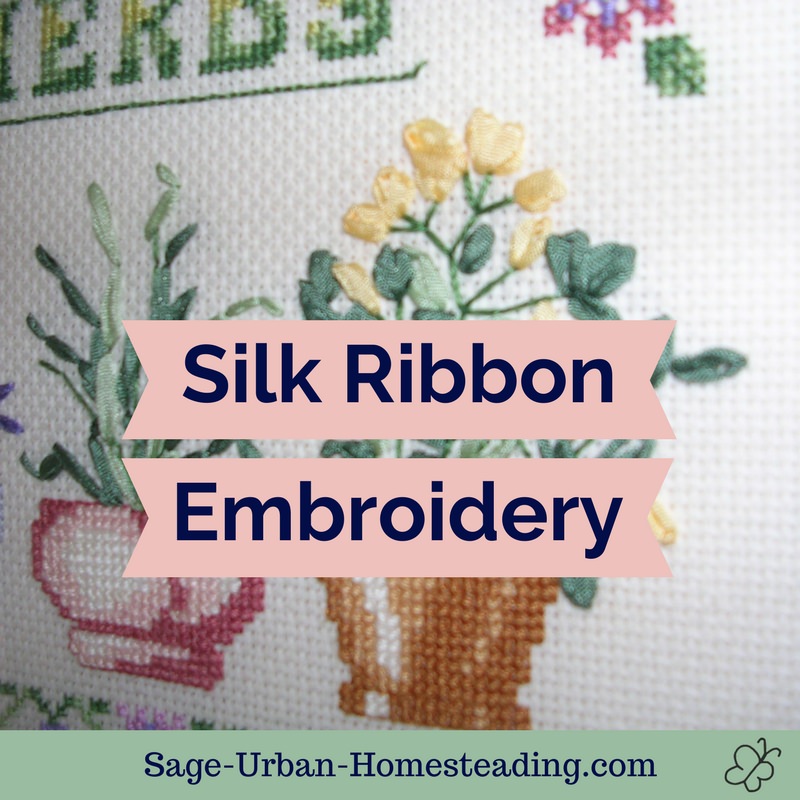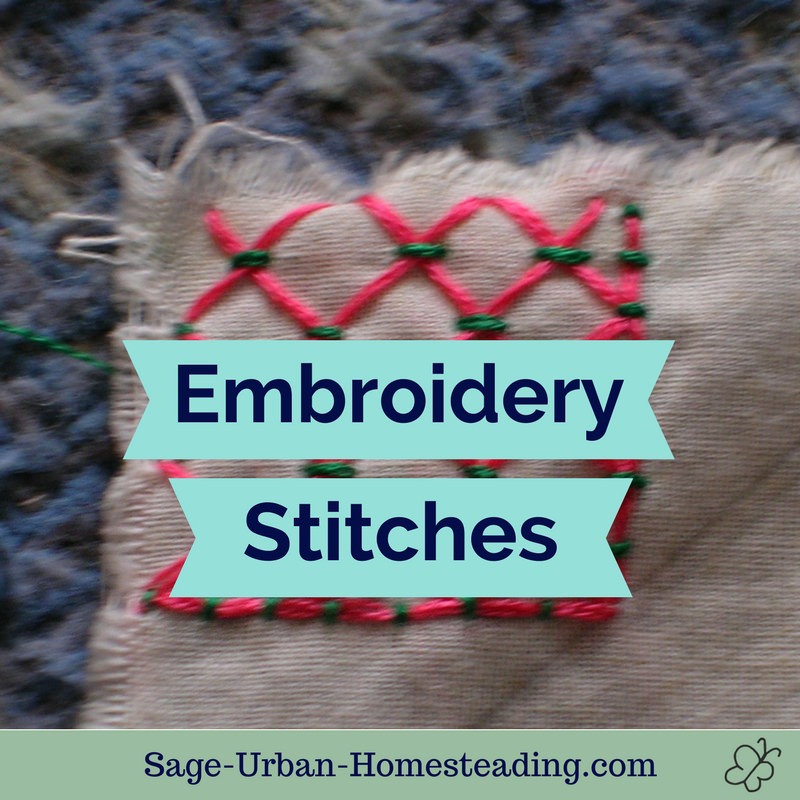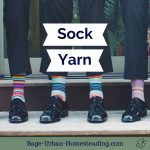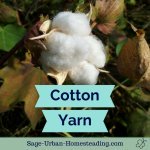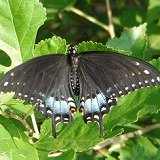FYI: I earn a small commission from some links and advertisements.
- Home
- Embroidery
- Huck Weaving
Easy and Elegant Huck Embroidery
Anyone can do huck embroidery, regardless of age. It's a type of surface darning. Embroidery doesn't get any easier!
Also known as Swedish weaving, huck weaving, or huckaback darning, this embroidery method was very popular in the US in the 1930s and 1940s. Many ladies remember learning huck embroidery as schoolgirls.
I learned it from a 1959 booklet, but I found it mentioned in Mary Thomas's Embroidery Book which was first published in London in 1936.
If you have an interest in the history of this technique, there is also a Portuguese variation known as "oitinho".
Huck Toweling
You can buy a narrower width huck cloth called huck toweling and make your own embroidered hand towels.
It is 15 inches wide, 14 count (9 floats per inch), and requires a size 24 tapestry needle for work with 6 strand embroidery floss or #5 perle cotton.
Like huck cloth, it has double threaded vertical loops in brick-like rows across the fabric on one side, the right side.
When you buy yardage of 15" wide huck toweling which is sometimes available on Amazon, wash it first to preshrink the cotton. You can then iron, cut, and hem.
Make the towel as long as you want. I like to make two towels out of a 1 yard cut of material.
Hint: Use a seam ripper to slice one of the horizontal threads on the reverse side a few inches from the raw edge. Carefully remove the thread all the way across. This gives you a nice straight line to sew or serge the edge.
Cotton huck toweling is nice and absorbent. It washes well. However, the nature of the top work embroidery, held only by those two little loop threads, makes huck weaving vulnerable to wear.
If you plan to use the towel often...
- Use all cotton threads. Metallic threads are pretty, but they can feel scratchy to hands.
- Do not use too much decoration. Excessive embroidery will show more obvious wear and color fading. Towels are usually folded anyway, so a decorative pattern at one end is sufficient.
If the towel is mainly for decorative use...
- It will receive less use and abuse in the guest bath or powder room.
- Still, do not overdo the decoration. Let some of the towel show. Find beauty in simple elegance. Save your elaborate designs for afghans, not towels! (see below)
Huck Embroidery on Monks Cloth
Use special monks cloth fabric to go all the way and show off your huck embroidery skills in an afghan. Loops in both directions take your stitches to new horizons!
If you want to, you can cover the entire fabric. Or you can just accent each end and make a large grid across the middle for a faster project.
Fabric off the bolt is 60 inches wide. The standard length for an afghan is 2-1/2 yards.
On this type of fabric, there are loops both horizontally and vertically made up of four threads each.
It is large, 7 count fabric, so you can work with worsted weight yarn and a size 13 yarn needle.
It's a great way to use leftover yarn scraps!
Wash the fabric before you begin work to preshrink the cotton. I like to machine sew a temporary zigzag stitch around the edge before washing. After preshrinking, trim and finish the raw edges nicely by sewing or serging. (Read a the sewing straight lines hint above.)
You can wash the fabric as you would any cotton before it's decorated. Be careful about the washing instructions for the yarn you use to embroider. Acrylic yarn cannot handle high temperatures. Wool will felt with any agitation.
